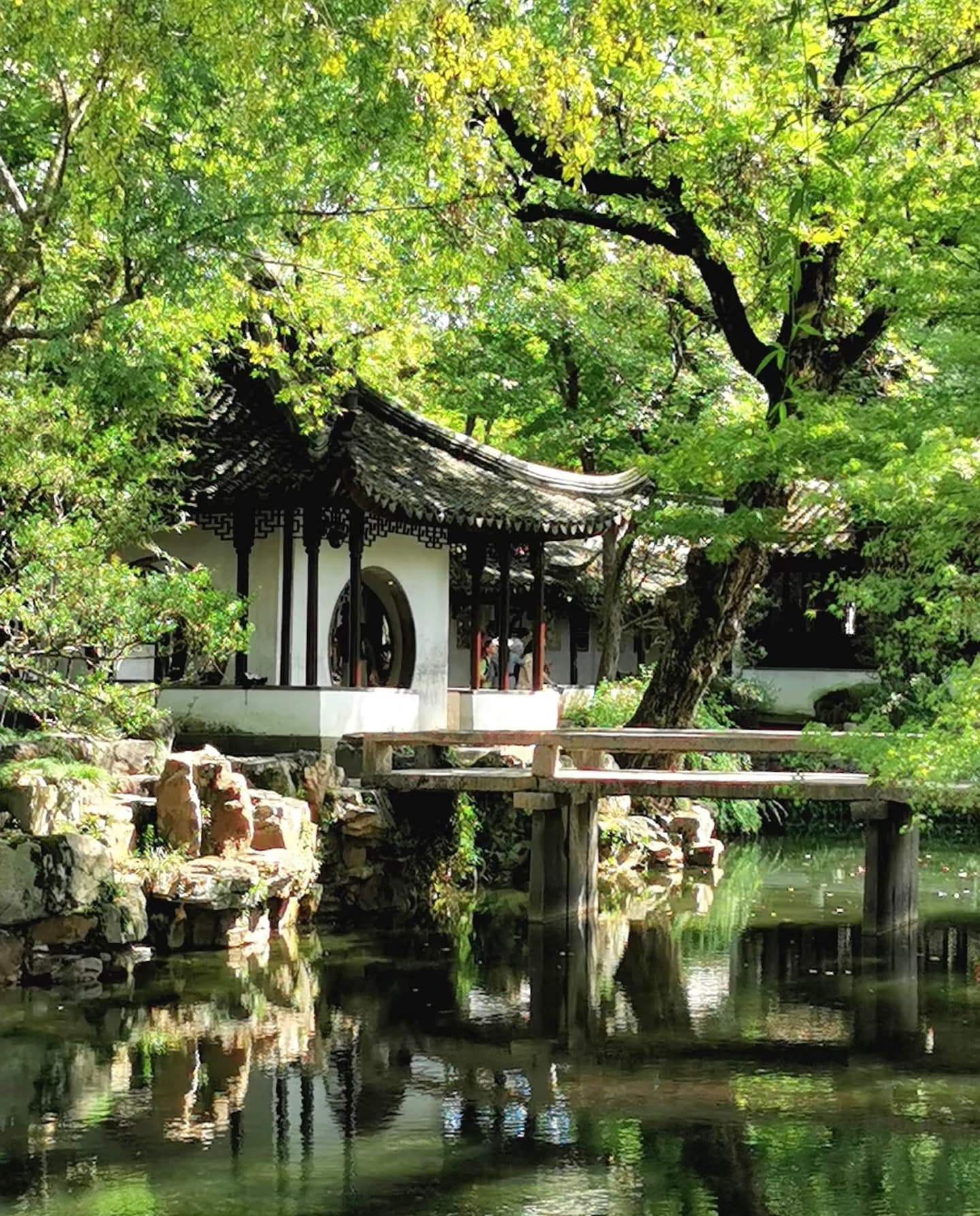Day 1: Tour the city's three most famous gardens—Humble Administrator's, Lingering and Lion Grove—each offering distinct styles and features. Pause at the Suzhou Museum to appreciate its architecture and cultural relics. In the evening, watch a Kunqu opera performance, one of China's oldest forms of theatre.
Day 2: Spend the morning at Tiger Hill, then explore the Panmen Scenic Area with its ancient pagoda and unique water‑and‑land city gate. Visit Hanshan Temple to see the bell that rings 108 times on New Year's Eve. After dinner, take a night cruise on the Grand Canal to witness the illuminated bridges and city walls.
Day 3: Make a half‑day excursion to a nearby water town—either Tongli for its UNESCO‑listed Tuisi Garden, or Zhouzhuang for its well‑preserved houses and iconic bridges. Return to Suzhou to spend the late afternoon around Jinji Lake, riding the Ferris wheel, dining at Li Gong Di and enjoying the lake's evening light show.


